1. Pure sine wave output;
2. High efficiency toroidal transformer lower loss ;
3. Intelligent LCD integration display;
4. AC charge current 0-20A adjustable; battery capacity configuration more flexible;
5. Three types working modes adjustable:AC first, DC first, energy-saving mode;
6. Frequency adaptive function, adapt to different grid environments;
7. Built-in PWM or MPPT controller optional;
8. Added fault code query function,facilitate user to monitor the operation state in real time;
9. Supports diesel or gasoline generator, adapt any tough electricity situation;
10. RS485 communication port/APP optional.
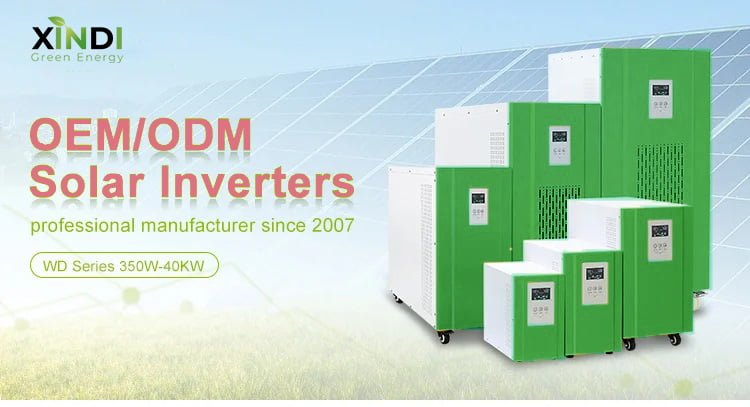
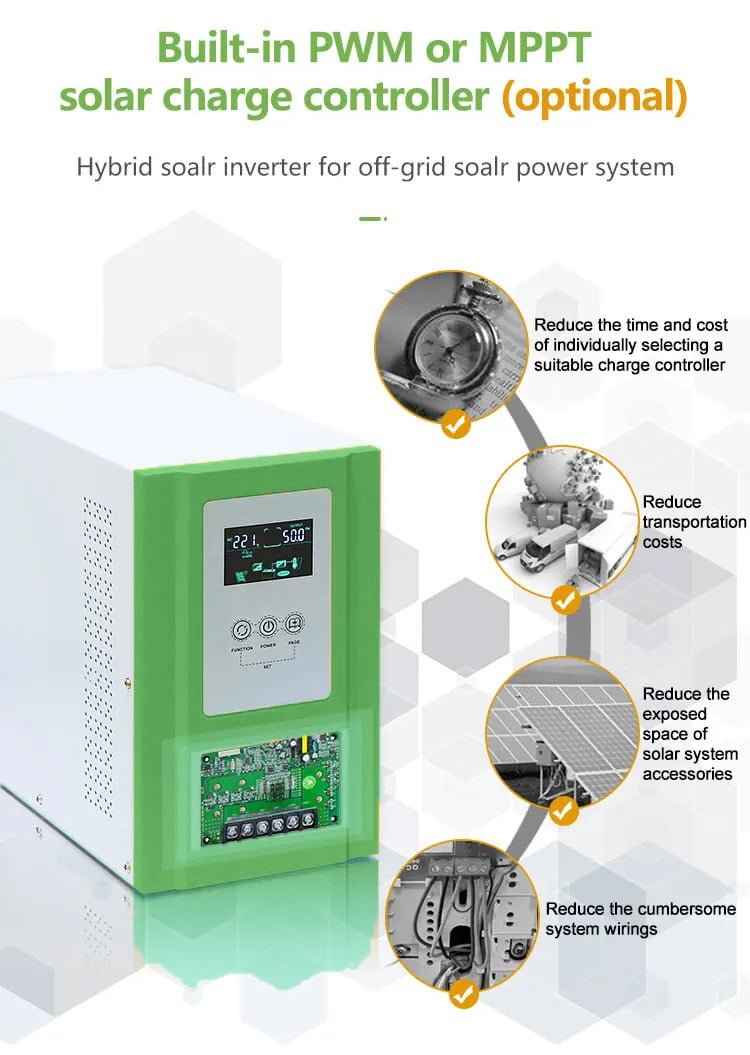
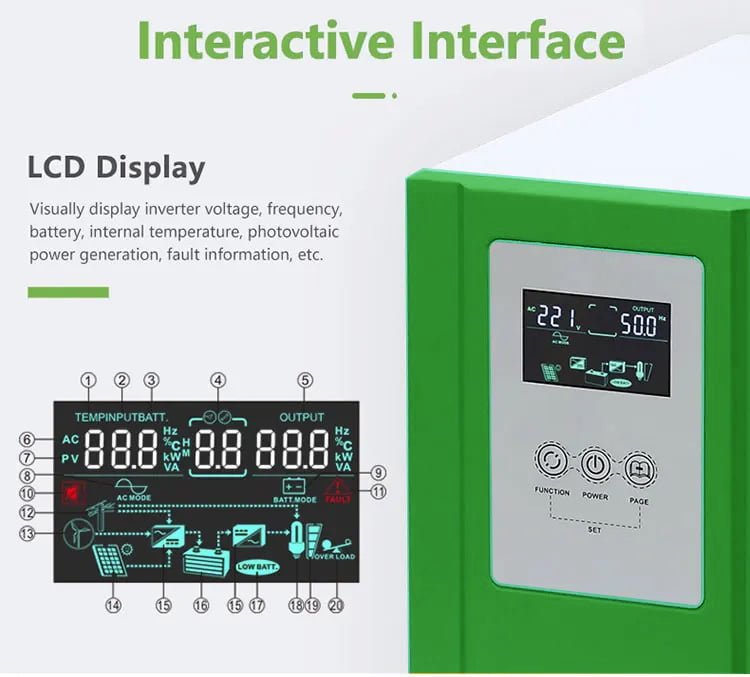
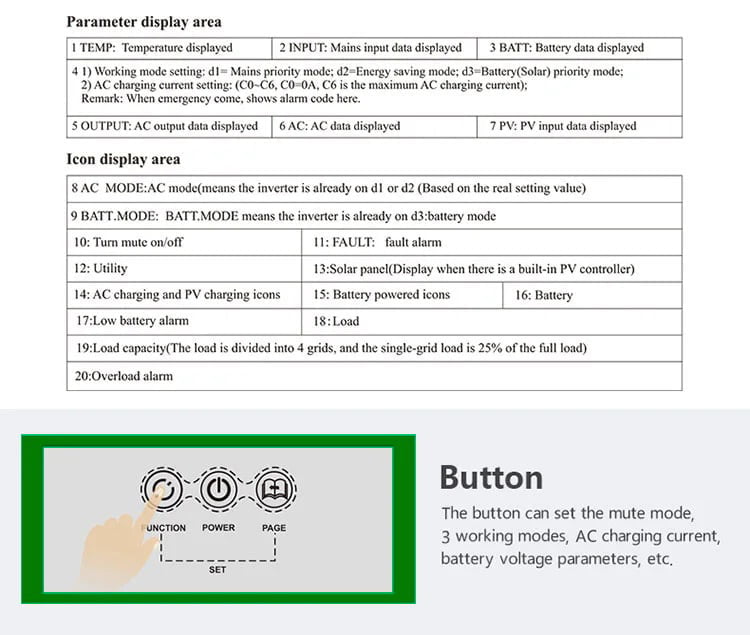
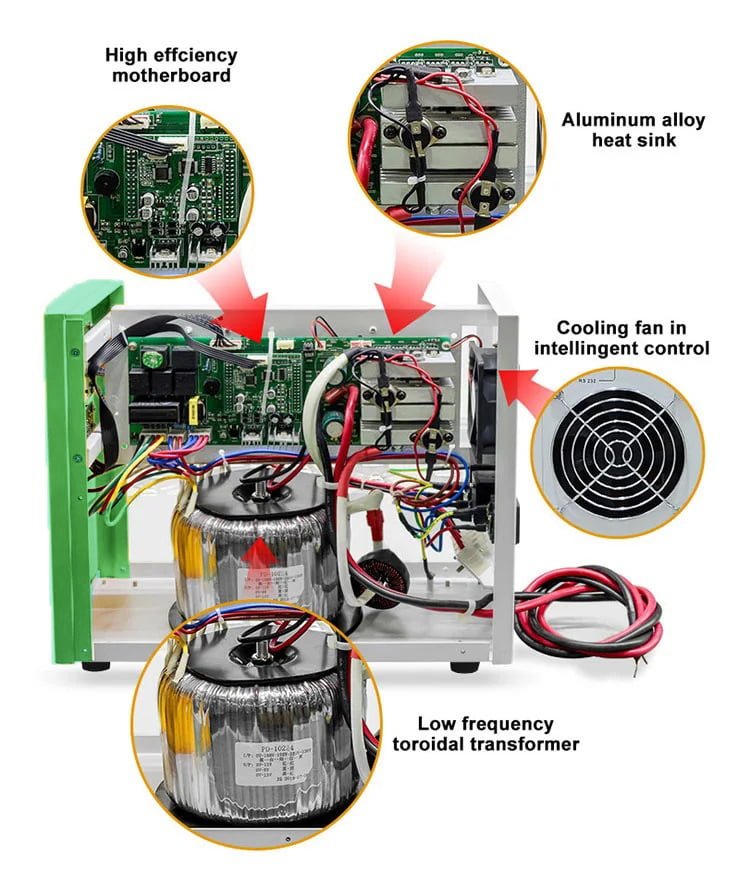


| Specification | ||||
| Model WD/WD-T | 70112/24 (701) | 10212/24 (102) | 15224/48 (152) | |
| Rated Power | 700W | 1000W | 1500W | |
| Peak Power(20ms) | 2100VA | 3000VA | 4500VA | |
| Start Motor | 0.5HP | 1HP | 1.5HP | |
| Battery Voltage | 12/24VDC | 12/24VDC | 24/48VDC | |
| Size(L*W*Hmm) | 340x165x283 | |||
| Packing Size(L*W*Hmm) | 405x230x340(1pc) / 475x415x350(2pc) | |||
| N.W.(kg) | 9.5(1pc) | 10.5(1pc) | 11.5(1pc) | |
| G.W.(kg) | 11(1pc) | 12(1pc) | 13(1pc) | |
| Installation Method | Tower | |||
| Input | DC Input Voltage Range | 10.5-15VDC(Single battery voltage) | ||
| AC Input Voltage Range | 73VAC~138VAC(110VAC) / 83VAC~148VAC(120VAC) / 145VAC~275VAC(220VAC) / 155VAC~285VAC(230VAC) / 165VAC~295VAC( 240VAC) | |||
| AC Input Frequency Range | 45Hz~55Hz(50Hz)/ 55Hz~65Hz(60Hz) | |||
| Max AC charging current | 0A~20A(Depending on the model,The maximum charging power is 1/4 of the rated power) | |||
| AC charging method | Three-stage (constant current, constant voltage, floating charge) | |||
| Output | Efficiency(Battery Mode) | ≥85% | ||
| Output Voltage(Battery Mode) | 110VAC±2% / 120VAC±2% / 220VAC±2% / 230VAC±2% / 240VAC±2% | |||
| Output Frequency(Battery Mode) | 50Hz±0.5 or 60Hz±0.5 | |||
| Output Wave(Battery Mode) | Pure Sine Wave | |||
| Efficiency(AC Mode) | >99% | |||
| Output Voltage(AC Mode) | 110VAC±10% / 120VAC±10% / 220VAC±10% / 230VAC±10% / 240VAC±10% | |||
| Output Frequency(AC Mode) | Follow input | |||
| Output waveform distortion (Battery Mode) | ≤3%(Linear load) | |||
| No load loss(Battery Mode) | ≤1% rated power | |||
| No load loss(AC Mode) | ≤2% rated power( charger does not work in AC mode) | |||
| No load loss (Energy saving Mode) | ≤10W | |||
| Battery Type (selectable) | VRLA Battery | Charge Voltage :14.2V; Float Voltage:13.8V(Single battery voltage) | ||
| Customize battery | Charging and discharging parameters of different types of batteries can be customized according to user requirements (charging and discharging parameters of different types of batteries can be set through the operation panel) | |||
| Protection | Battery undervoltage alarm | Factory default: 11V(Single battery voltage) | ||
| Battery undervoltage protection | Factory default: 10.5V(Single battery voltage) | |||
| Battery overvoltage alarm | Factory default: 15V(Single battery voltage) | |||
| Battery overvoltage protection | Factory default: 17V(Single battery voltage) | |||
| Battery overvoltage recovery voltage | Factory default: 14.5V(Single battery voltage) | |||
| Overload power protection | Automatic protection (battery mode), circuit breaker or insurance (AC mode) | |||
| Inverter output short circuit protection | Automatic protection (battery mode), circuit breaker or insurance (AC mode) | |||
| Temperature protection | >90°C(Shut down output) | |||
| Alarm | A | Normal working condition, buzzer has no alarm sound | ||
| B | Buzzer sounds 4 times per second when battery failure, voltage abnormality, overload protection | |||
| C | When the machine is turned on for the first time, the buzzer will prompt 5 when the machine is normal | |||
| Inside Solar controller (Optional) | Charging Mode | PWM or MPPT | ||
| charging current | 10A~60A | |||
| PV Input Voltage Range | PWM: 15V-44V(12V system); 30V-44V(24V system); 60V-88V(48V system) MPPT: 15V-120V(12V system); 30V-120V(24V system); 60V-120V(48V system) | |||
| Max PV Input Voltage(Voc) (At the lowest temperature) | PWM: 50V(12V/24V system); 100V(48V system) / MPPT: 150V(12V/24V/48V system) | |||
| PV Array Maximum Power | 12V system: 140W(10A)/280W(20A)/420W(30A)/560W(40A)/700W(50A)/840W(60A); 24V system: 280W(10A)/560W(20A)/840W(30A)/1120W(40A)/1400W(50A)/1680W(60A); 48V system: 560W(10A)/1120W(20A)/1680W(30A)/2240W(40A)/2800W(50A)/3360W(60A) | |||
| Standby loss | ≤3W | |||
| Maximum conversion efficiency | >95% | |||
| Working Mode | Battery First/AC First/Saving Energy Mode | |||
| Transfer Time | ≤4ms | |||
| Display | LCD | |||
| Thermal method | Cooling fan in intelligent control | |||
| Communication(Optional) | RS485/APP(WIFI monitoring or GPRS monitoring) | |||
WD series power is from 700w~40kw If you want to get more information, Please contact us | ||||
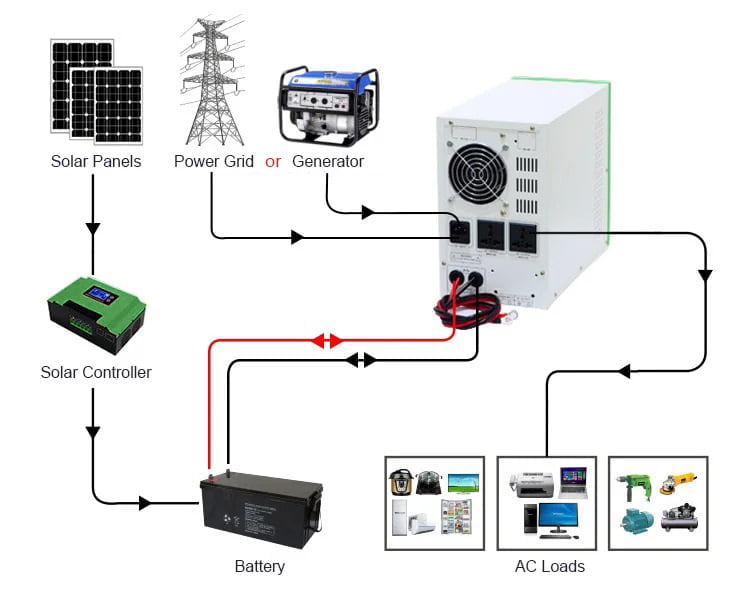
1. Battery number and capacity should be configured according to the rated voltage of the solar power system or inverter;
2. We offer 3 optional working modes:
01 Grid priority mode: When the grid and battery are connected to the inverter, grid will supply power to the loads directly after voltage being stabilized and charge batteries via inverter. When the grid is cut off, the battery will automatically continue to supply power via inverter.
02 Energy saving mode: If the power of the connected AC loads is lower than 5% of the inverter’s rated power, there will be no output from the inverter. Only the chip of inverter is working. The power consumption of the inverter is only 1~6W. The LCD shows the output voltage 0. If the power of the connected loads is over 5%, within 5S the inverter will automatically convert DC to AC to supply power for the loads . The LCD shows the output voltage.
03 Battery priority mode: When the grid and battery are connected to the inverter, battery will supply power to the loads first. When battery capacity is not enough, the grid will continue to supply power automatically.
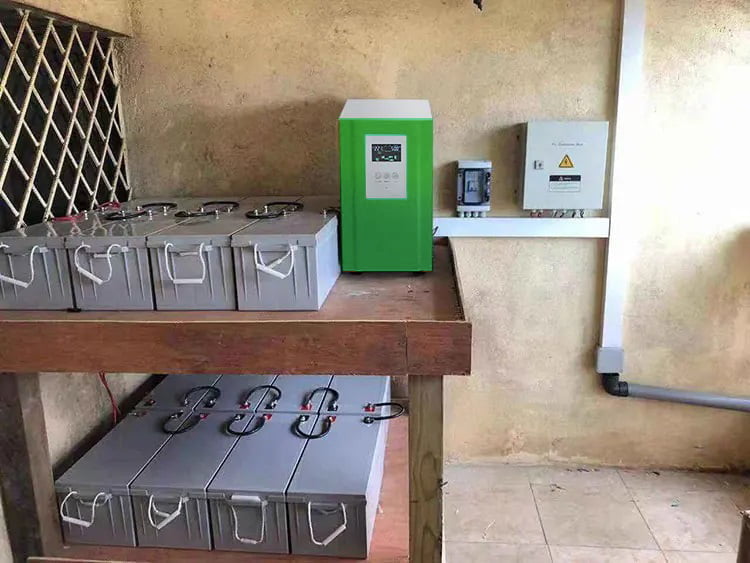
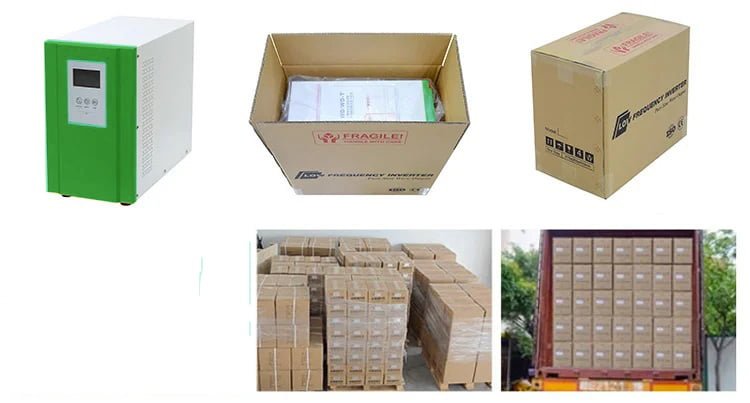
Package
Carton Box for packaging, or Wooden Box advised for Samples to protect in transportations.
Shipping
1. Fedex/ DHL/ TNT/ UPS for samples, door-to-door.
2. By air or by sea for batch goods, for CFL, Air port/ Port receiving.
3. Customers specifying freight forwarders or negotiable shipping methords.
4. Delivery time: 7 days for samples; 10 to 25 days for batch goods.

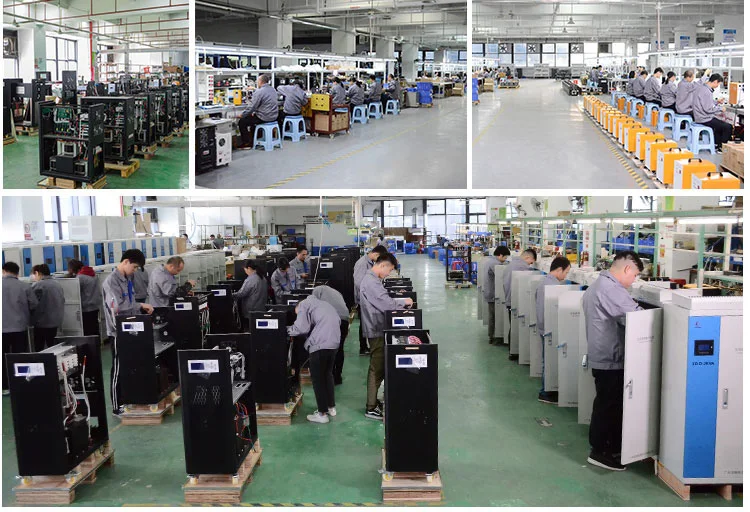
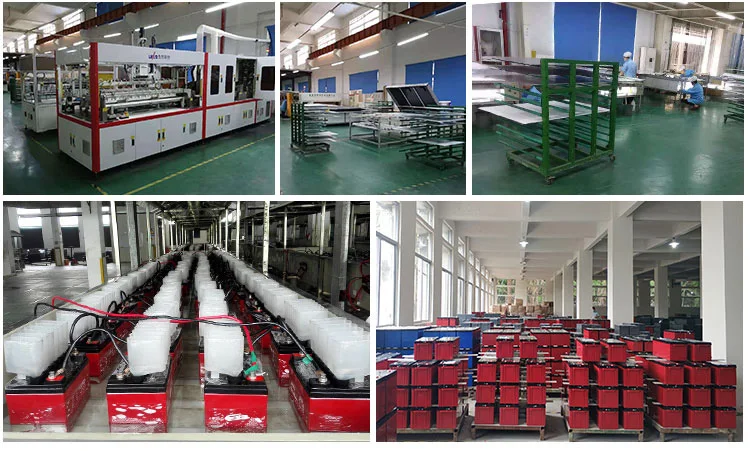

A: Are your inverters pure sine wave output?
Q: A Yes, All are true pure sine wave.
A: What kind of output you can do?
Q: Normally we produce inverter with 110V 115V 120V 220V 230V 240V, 50/60Hz self-adaption. If you have special requirements, please tell us for engineer consulting.
A: What’ s the difference between low frequency and high frequency inverter?
Q: Low frequency inverter has various protections, strong ability to adapt to the environment. more reliable, with voltage regulation.
A: What’s the difference between pure sine wave inverter and modified sine wave inverter?
Q: Pure sine wave output inverter is just as good as the Public power grid. Even better. Low repaired rate, long lifespan, Without harmonic pollution, enviromental-friendly and appliances protected.
Modified sine wave output has a negative impact on appliances and can’t load inductive load, such as air contition, refrigerator and etc. Certain motor control circuits don’t like the modified wave.
A: What appliances your inverters can load?
Q: Our inverter can be used in household, Office, agricultural appliances and other inductive load such as refrigerator, air conditioner, water pump, etc.
A: Can you print our company logo on inverters, nameplates and packaging?
Q: Yes, we accept OEM orders.
A: How to choose a right inverter?
Q: Tell us your demand, then our sales will recommend a suitable inverter to you.
A: How to solve the technical problem?
Q: 24 hours after-service consultancy just for you and to make your problem to solveeasily.
A: Do I Need A Power Inverter?
Q: Actually, no. This is the only component of a solar energy system that is not absolutely required. However, if you don’t use one, you will not have 220 or 230 volts AC and will have use battery power alone. This might be acceptable in a small RV or cabin, but most people want to use normal AC appliances.
A: What’s The Difference Between 12, 24, And 48 Volt Inverters?
Q: This refers to the input voltage from the battery bank. The main consideration is that at higher voltages the current is less so that you can use smaller wires between your solar panel array and your battery bank. Of course, when you decide on a system voltage, the Solar Panels, Inverter, and Battery Bank all need to use the same voltage.
A: What to do if the product is broken?
Q: If any product is faulty, you can send the picture or video to us, we sill study it and supply the spare parts of PCB board free for after sale service.



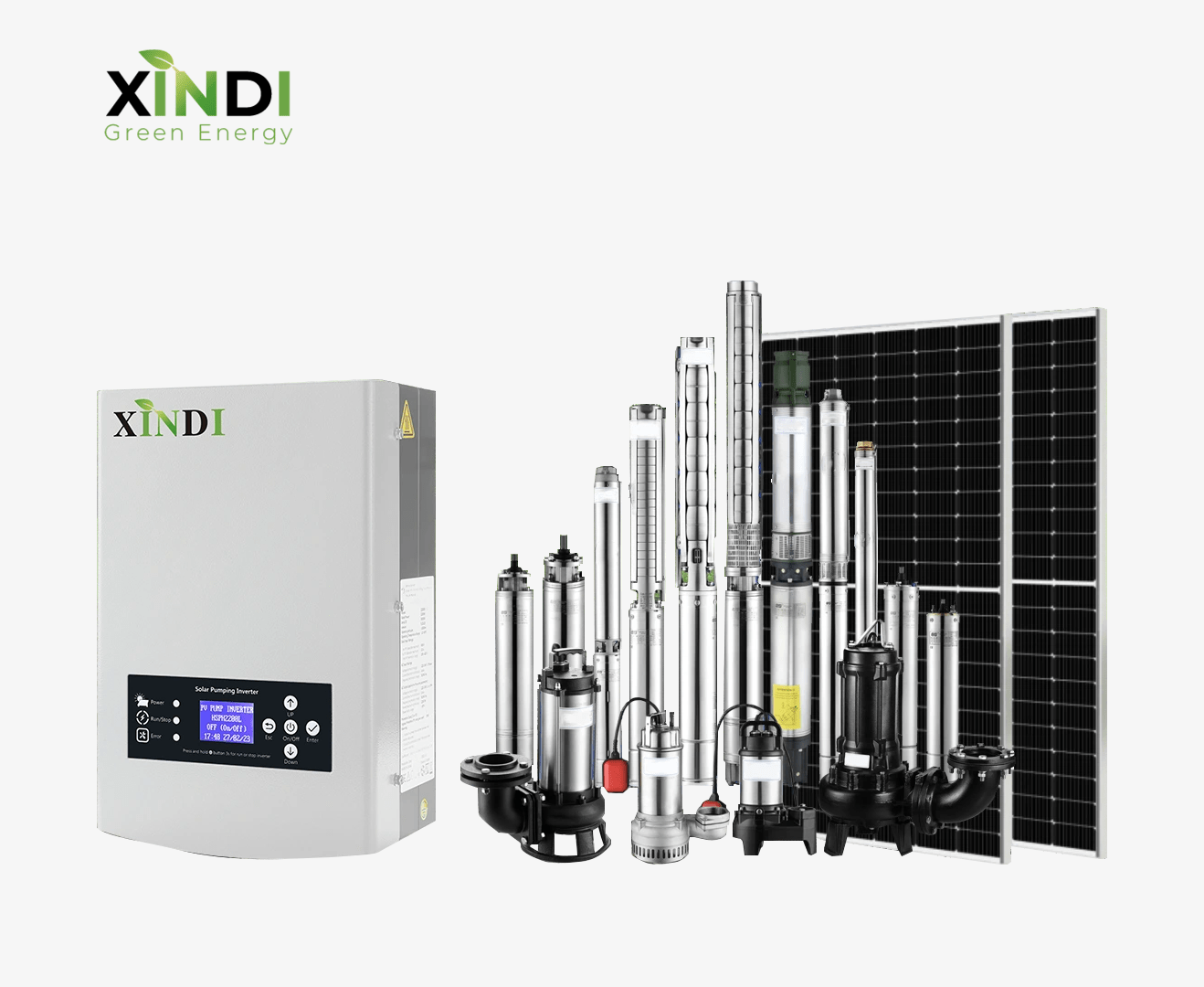
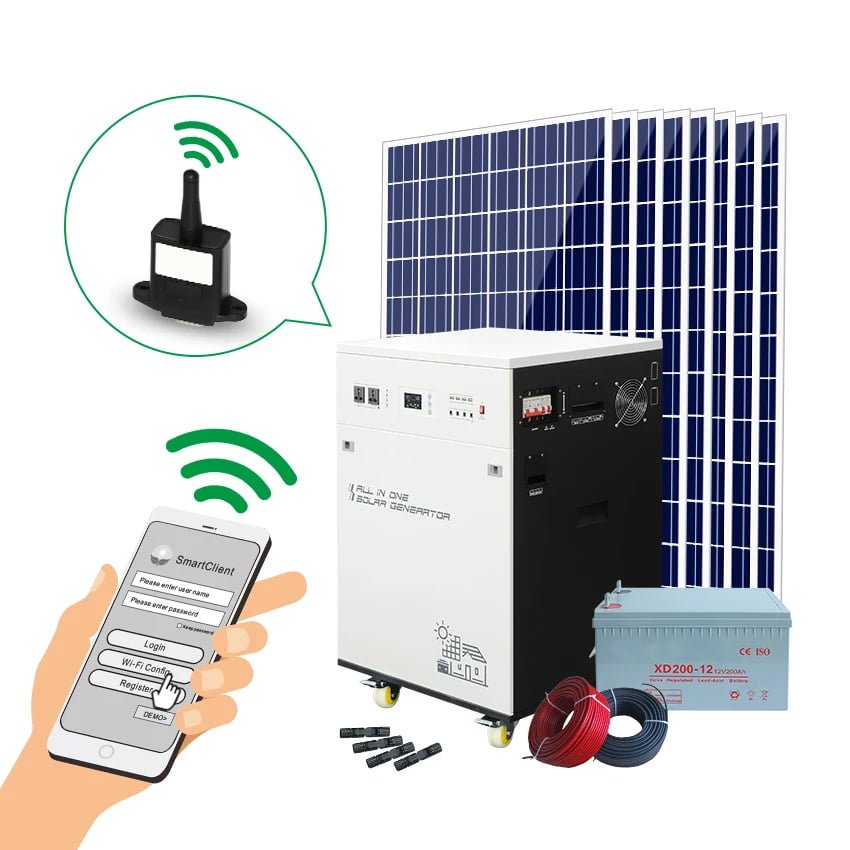
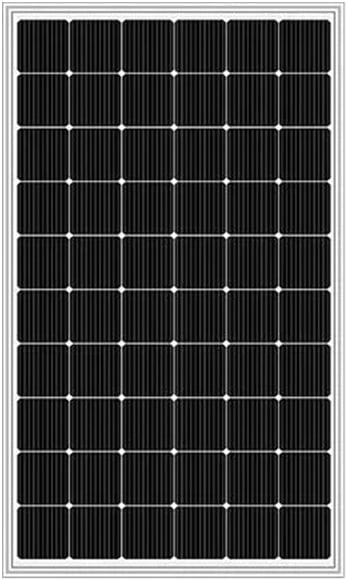
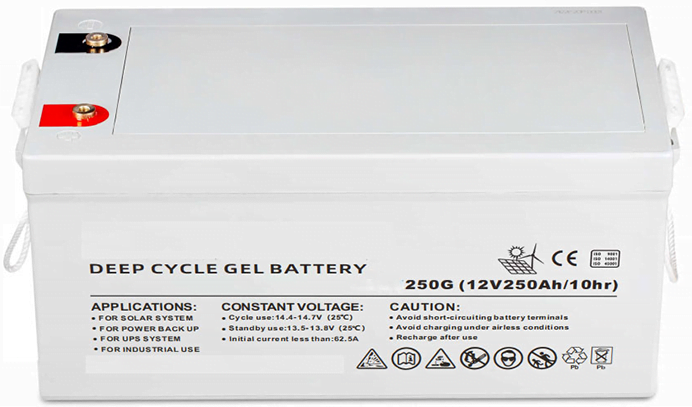
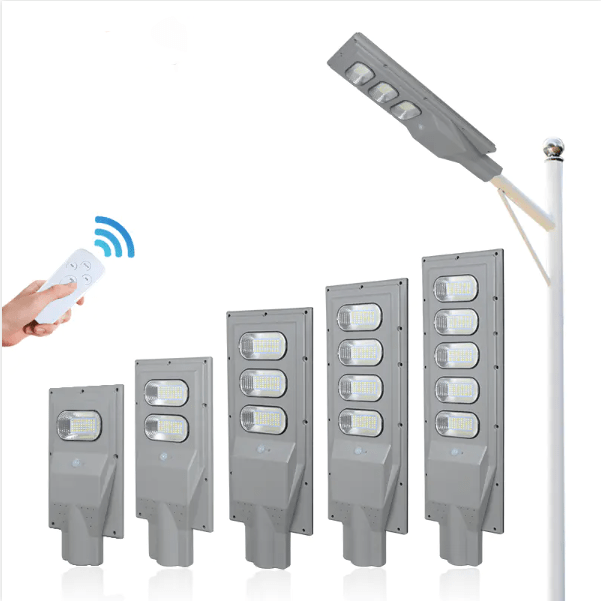
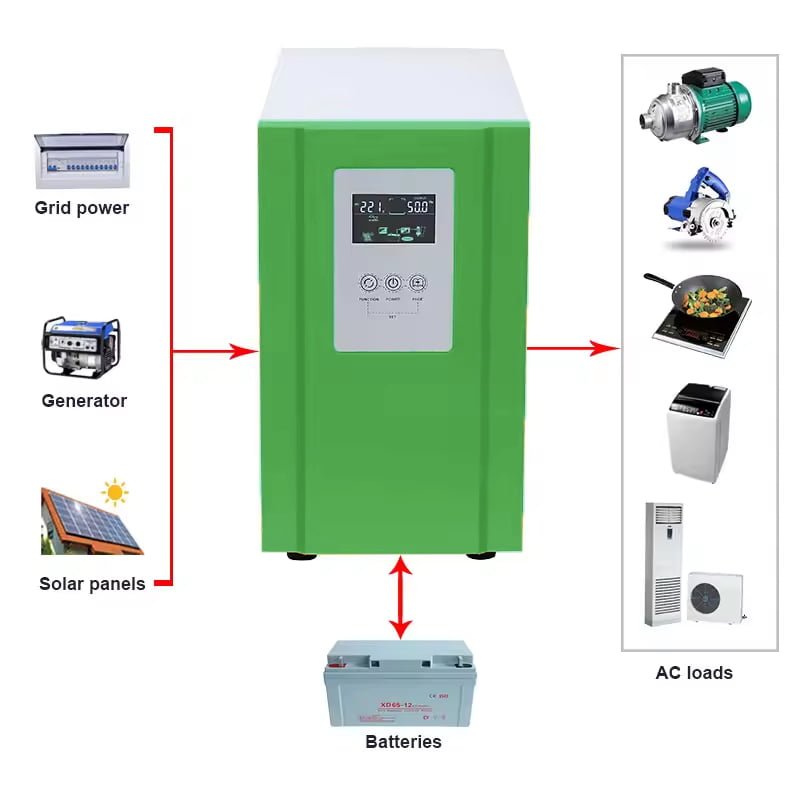
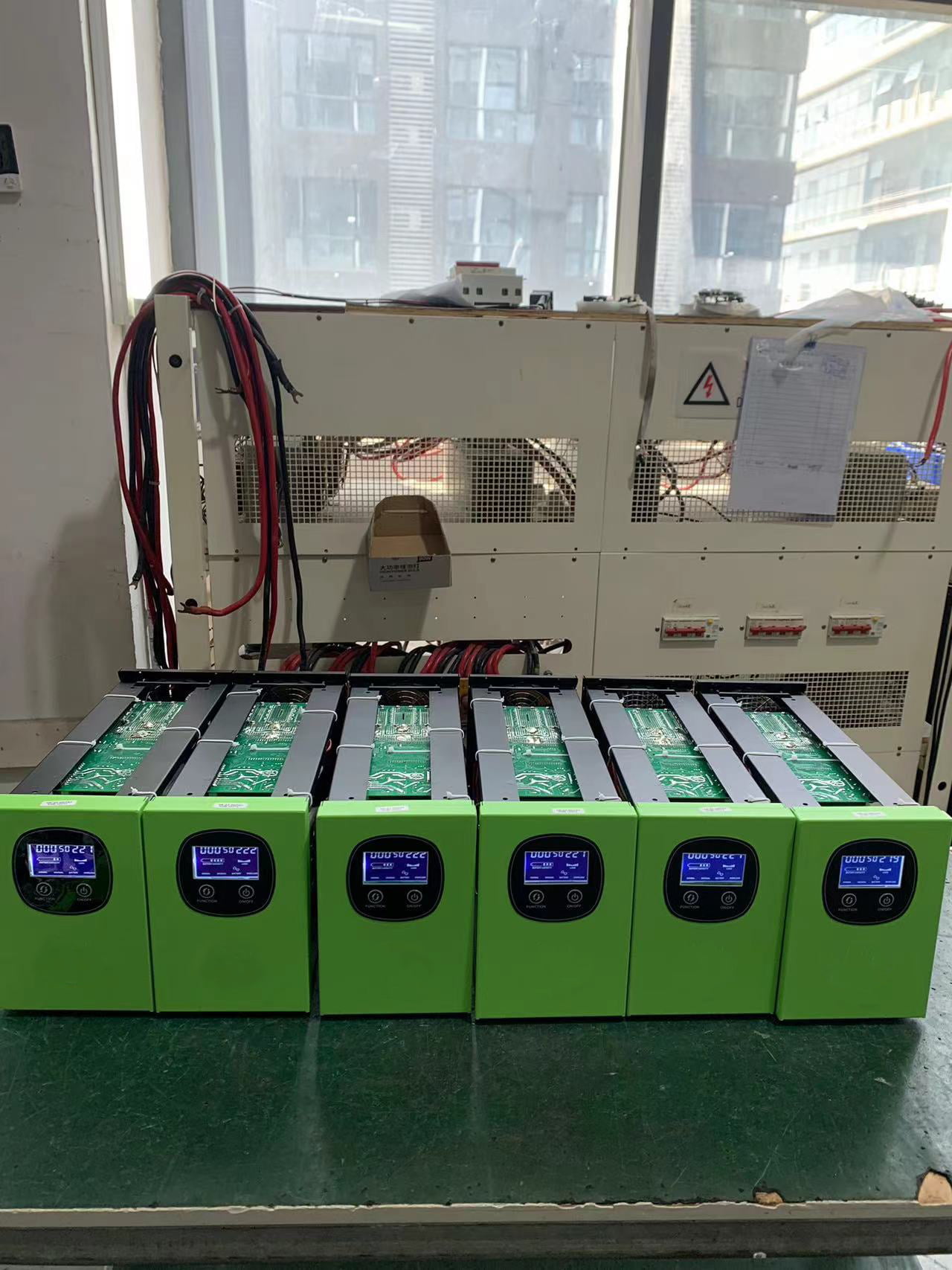
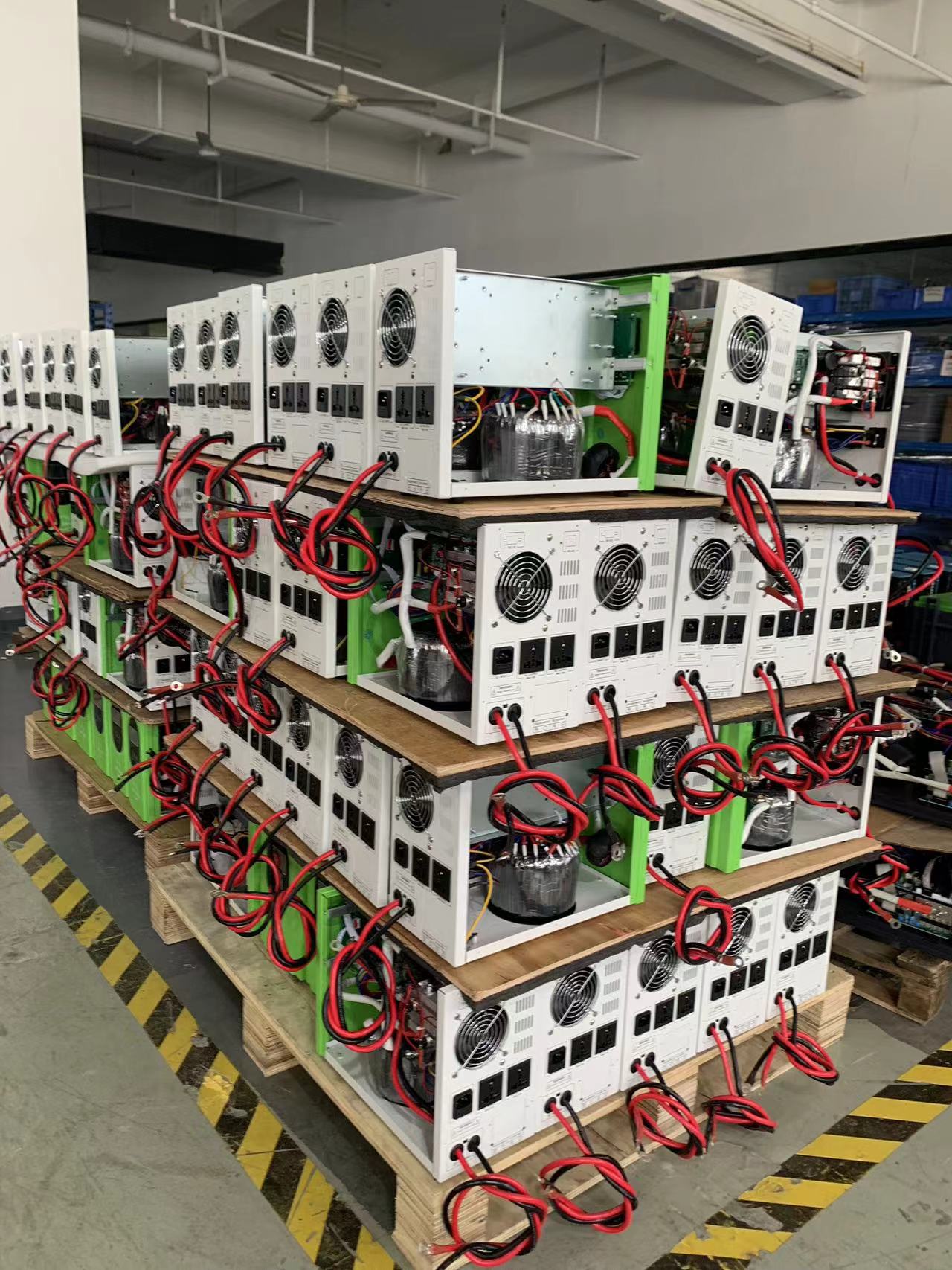
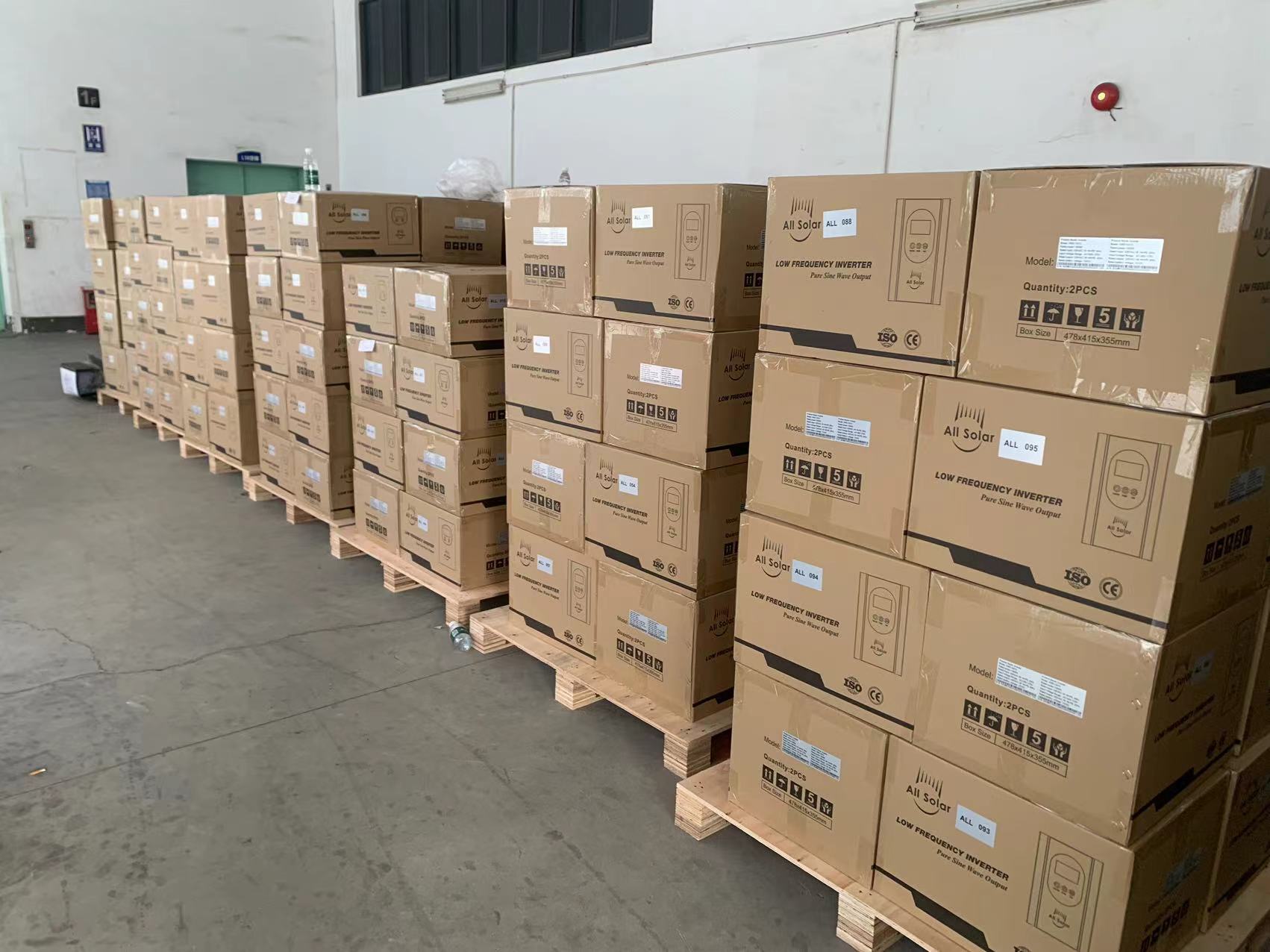
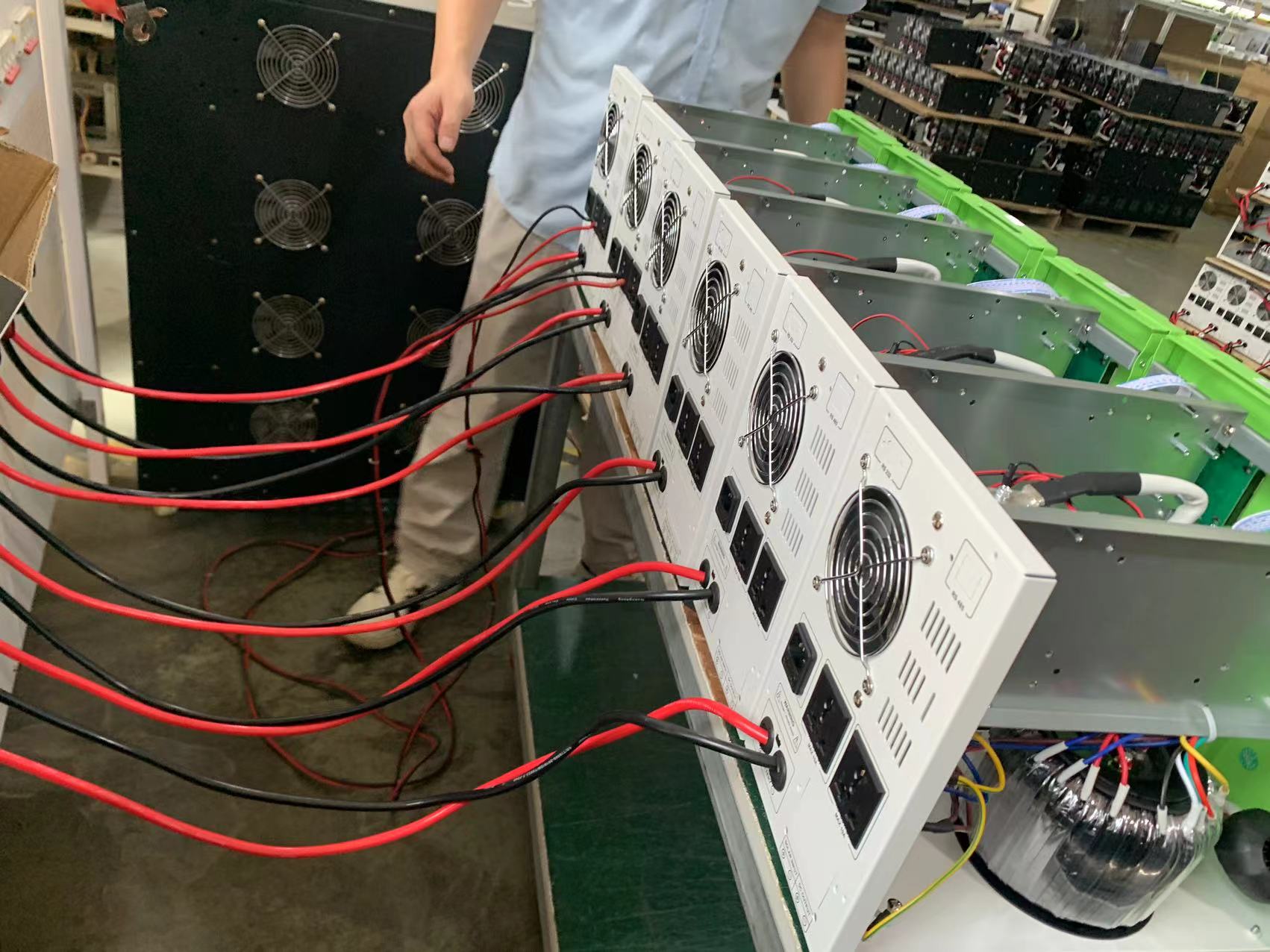
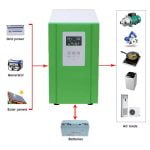
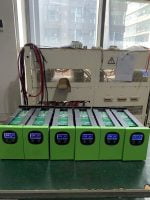
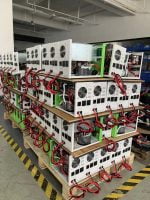
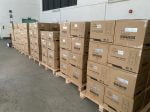
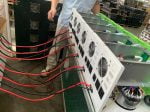

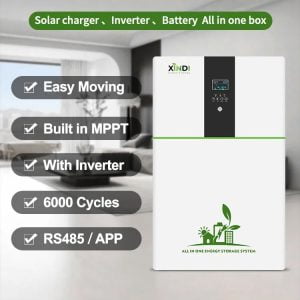
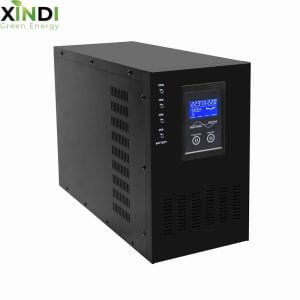
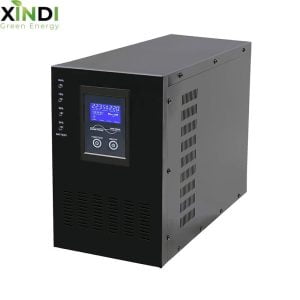
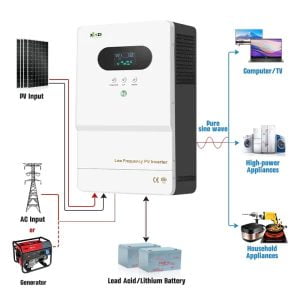
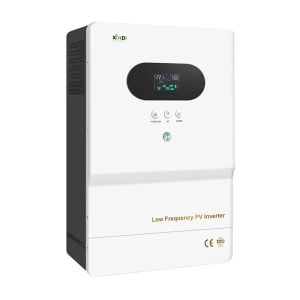
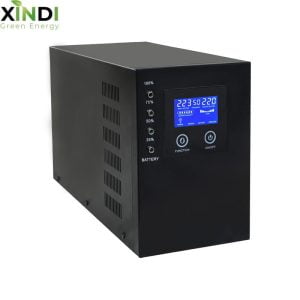
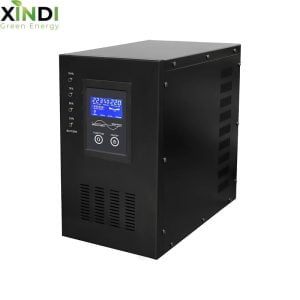
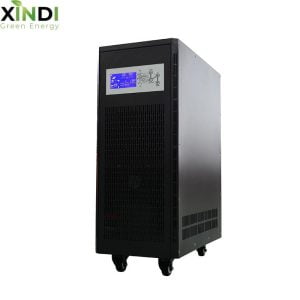
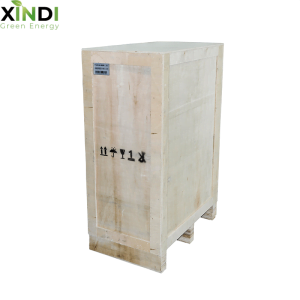


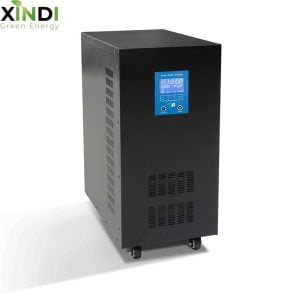

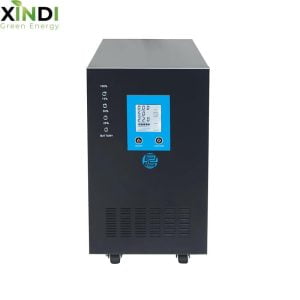
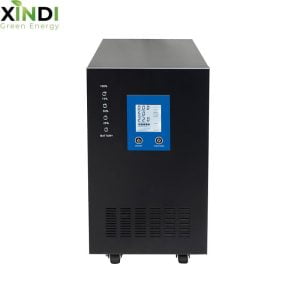
Reviews
There are no reviews yet.